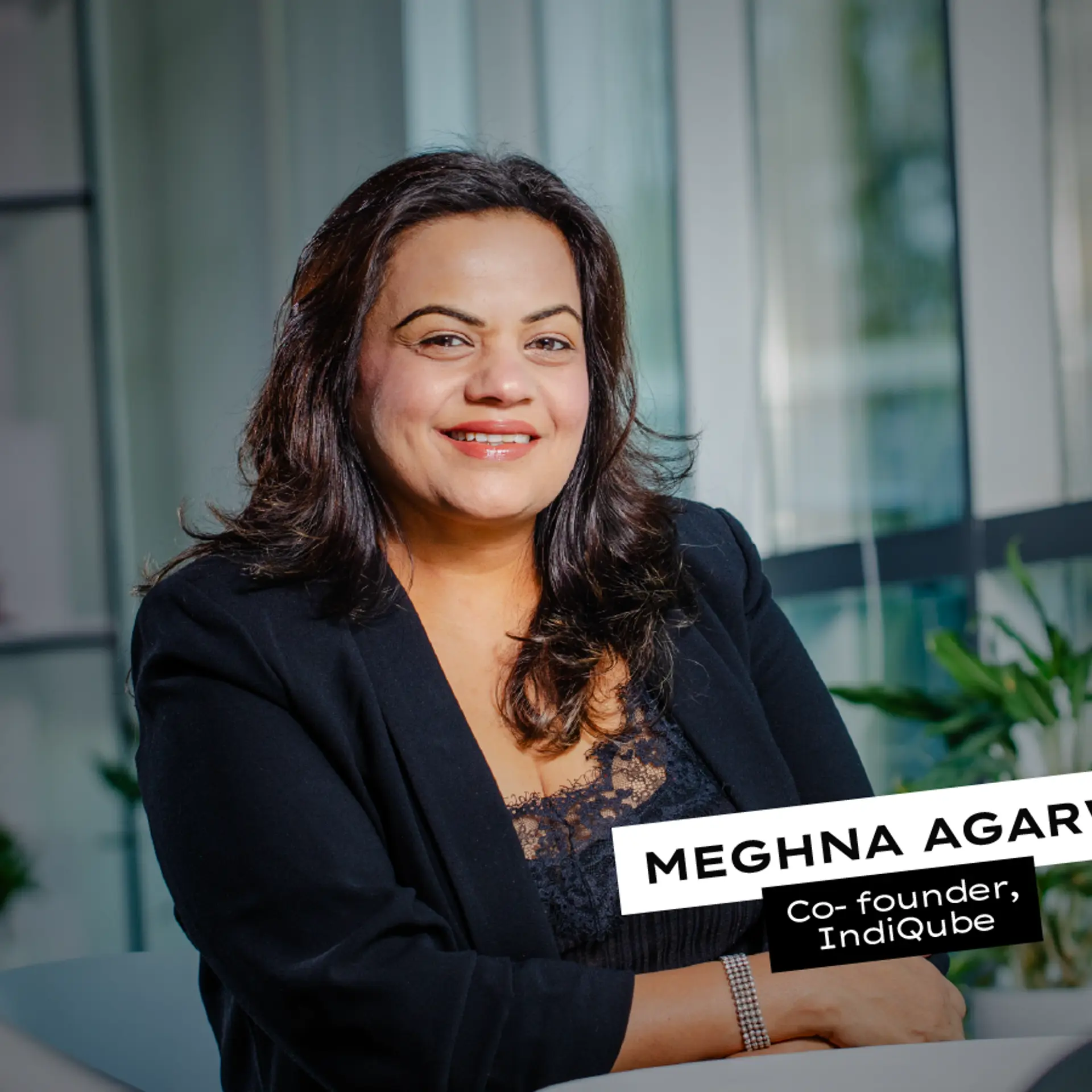How VMware is enabling enterprises to become cloud smart
The cloud computing company is creating a new technology architecture to enable enterprises remove the complexities of handling multiple cloud platforms.
The increased reliance on cloud technology platforms has brought its own set of complexities, with lack of consistency being the biggest pain point for enterprises. These companies rely on more than one service provider to perform various kinds of functions. Multi-cloud technology service provider VMware wants these enterprises to be more ‘cloud smart’.
Kit Colbert, Senior Vice President and Chief Technology Officer of , says, their key goal is to provide a level of consistency and flexibility to enterprises to manage their entire cloud architecture with software tools and solutions.
“At VMware, we are taking all the capabilities that we have built over the many years, and moving them to this new architecture, what we call a cross-cloud architecture,” he remarks in an interview with YourStory.

AWS upbeat on India market, sees headroom for growth in cloud adoption
Edited excerpts from the interview.
YourStory [YS]: Could you provide us with an overview of today’s cloud technologies from a VMware’s perspective?
Kit Colbert [KC]: The storyline that we see for most businesses in general is that there are different stages on their cloud journey.
In the first stage of cloud, they want to go to cloud and see all the benefits. When they do that, they target a specific cloud and build a whole bunch of capabilities like security, monitoring, cost management etc., to solve a bunch of different problems. Now, somewhere along the line, they start using a second cloud. For businesses, a second cloud is actually better in certain areas than the first one, so they have to evaluate. Sometimes they might get a third cloud. So now, businesses have got all this stuff for various functionalities, but there is duplication and lack of consistency. This phase is what we call cloud chaos. They enter into a cloud with the best of intentions and then through no fault of their own, all of a sudden, they're in this chaotic landscape. At VMware, we want to help customers address this challenge and so the third phase is what we call cloud smart.
YS: What is cloud smart all about?
KC: Cloud smart is about taking a more intentional approach and saying I'm going to choose to have certain sets of consistent functionality across all these environments. For example, businesses should be able to move applications from on premise to the cloud, or vice versa seamlessly. Or one may actually want consistency from a management standpoint in areas like governance and automation.
We hear from businesses that they choose clouds mostly based on the best of breed capabilities. We want to support our customers with the type of consistency they want to drive. We provide different sets of functionalities across the application platform of infrastructure management, security, networking, and end user computing. We help customers to replace this cloud chaos with a consistent layer of functionality, which gives them capabilities and flexibility.
At VMware, we are taking all the capabilities that we have built over many years, and moving them to this new architecture, which we call a cross-cloud architecture.
YS: What has been the key ask from your customers?
KC: One strand would be around the broad area of digital transformation. I think everyone had a roadmap to go do this stuff, but now it has accelerated largely due to the pandemic. The speed with which people went into digital transformation caused a lot of chaos. There are a lot of people who are looking to move out of their data centers and get onto public cloud, but at the same time they want some of their critical applications on their premises. So, they want a consistent infrastructure which can move things easily between the two.
Businesses also want to manage their cost on the public cloud. When we talk to our customers, we say let's focus on your top priority, what's the worst parts of the chaos that are hurting you? We are going to fix that chaos first. It is not the case that one size fits all but very much trying to understand their specific business objectives, and then target a solution.
YS: Can the cloud infrastructure today handle the load of emerging technologies like AI, ML or IoT?
KC: Public clouds can definitely support the load, but it can get a little trickier when going into edge computing, and that’s where we’ve really got to be thoughtful around what is feasible. The only thing about edge is around having the hardware and the costs associated with it. There are customers who are extraordinarily price sensitive. So, through cloud smart approach, one could have the option of some parts of their application on the public cloud and others on the edge. We are definitely seeing the increasing needs for compute power and that will only continue.

Here’s how Databricks helped leading cloud-native enterprises in India make the most out of their data strategies at Destination Lakehouse
YS: As the CTO of VMware, how do you keep abreast of all the technology trends?
KC: There is only so much I can do as a person. What I try to do as a CTO is trying to give clarity to the team around where we are going and what we need to be doing as VMware. What are some of the big top of mind things? What are customers asking for? What are the industry trends that I see? So, I kind of paint a picture of where we need to be going. And we got to be honest with ourselves too, because we're not perfect, and we've got gaps, and we got to fix stuff. My leadership style is not me trying to do all the work and trying to be the smartest guy in the room. I give everyone an idea of where we're going so that they can then use their own creativity and intelligence to think up solutions and identify new technologies.
There are three things here: number one is to set the direction; number two is to get the ideas; and number three is to prioritse them.
YS: How is India contributing to the technology innovation of VMware?
KC: We have a very large R&D center here (Bengaluru) with thousands of engineers who are driving innovation across our product line. I think one of the interesting opportunities that we have here is sort of a single city location, where you got engineering offices from almost all the major businesses and all of our major customers from around the world are all here. What’s interesting is the ability to really co innovate with customers. The India team is very closely aligned with some of the key initiatives, and every major product we have has a large engineering component here.
Edited by Megha Reddy






